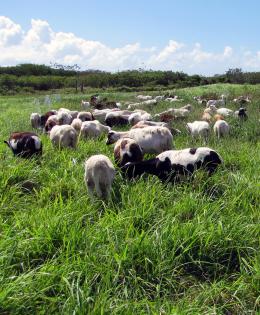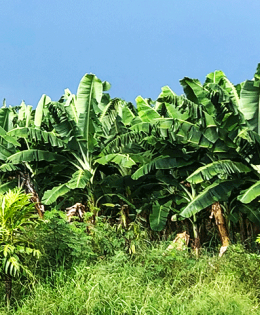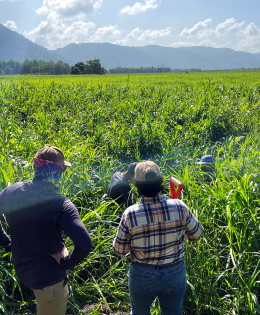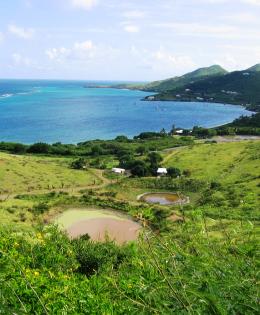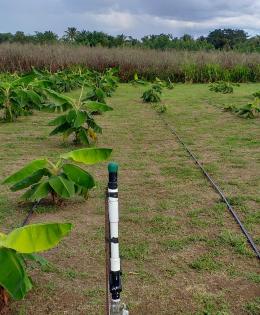
Notice

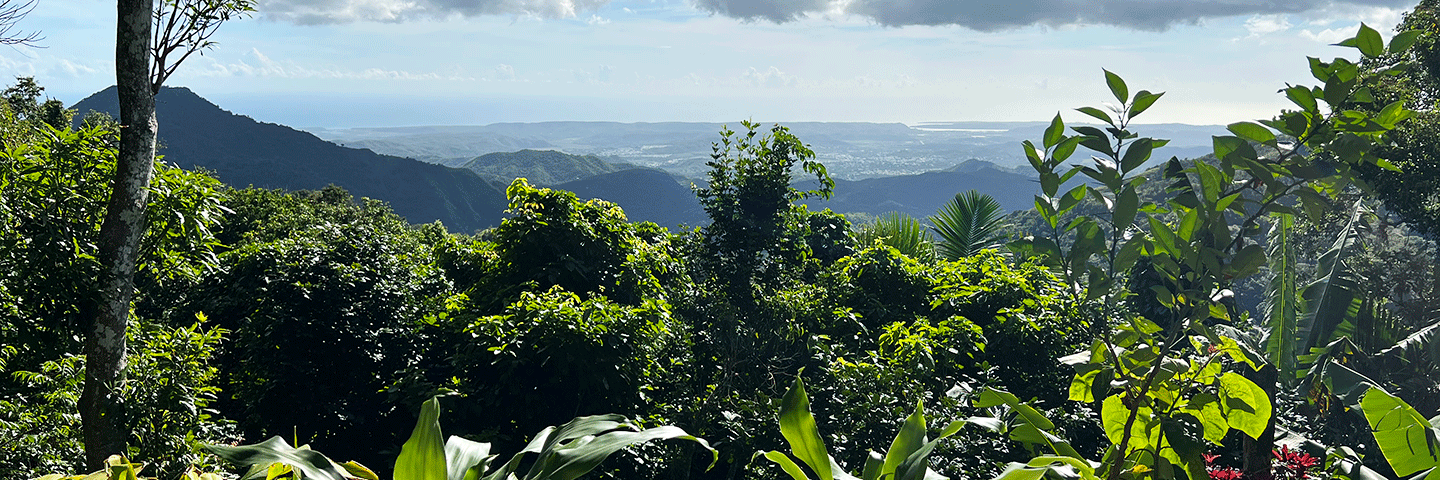
NRCS works hand-in-hand with the people of Puerto Rico, the U.S. Virgin Islands and our eight conservation districts to improve and protect our soil, water, air, plants, animals, energy and ecosystems.
NRCS provides conservation solutions so farmers can protect natural resources and feed our islands. We work hand in hand with our communities to protect and improve the health of our soil, water, air, plants, animals and people.
Farmers and ranchers are the backbone of the Caribbean Area. By supporting their operations and helping them make improvements on their land, we help to provide economic stability in our islands. Our work supports rural economies, helps create jobs, keeps farmland in production, and provides disaster assistance to communities in need.
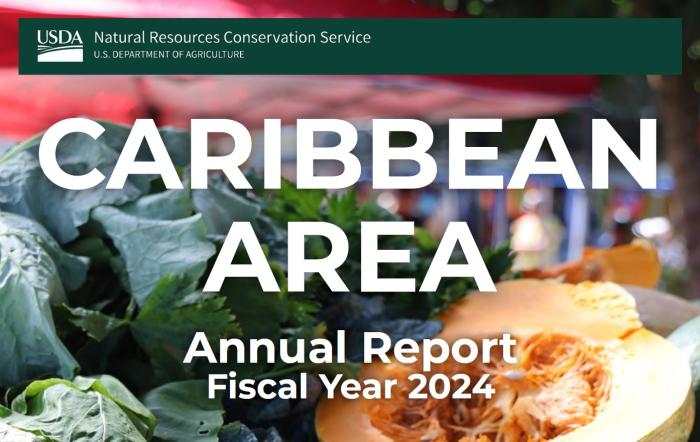
Happening in the Caribbean
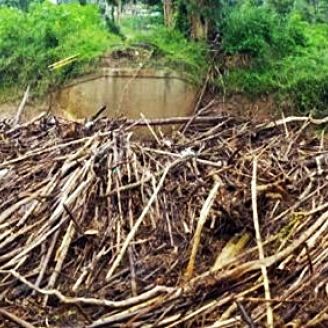
Success Stories
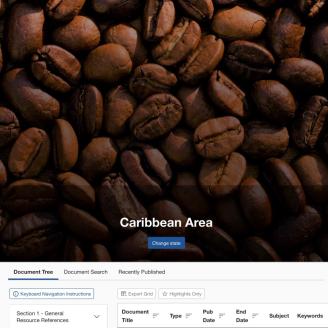
Field Office Technical Guide
Search the Caribbean Field Office Technical Guide
Caribbean Area State Office
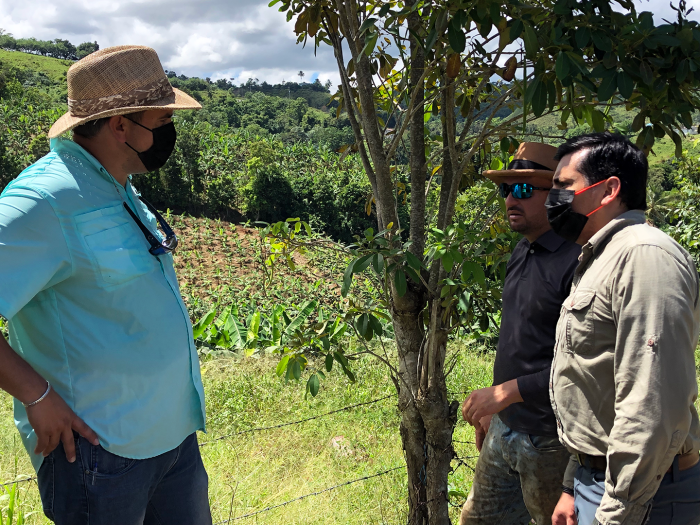
Our Divisions
- The Caribbean Ecological Sciences Division provides training and resources for environmental compliance and resource concern assessment under the NRCS 9-step Conservation Planning process, and provides assistance with Agroforestry, Forage, Native Plants and other plant materials resources.
- The Caribbean Engineering Division provides conservation engineering services to clients and partners in Puerto Rico and the U.S. Virgin Islands. Our mission is to lead innovative engineering solutions to natural resource conservation challenges in the Caribbean Area.
- Through the National Cooperative Soil Survey, our Soils Division details the make-up of soils across our islands so that farmers, ranchers, and others can make informed land use decisions.
- Operations
- Management & Strategy
Our Priorities
- Create More and Better Market Opportunities
- Tackle Food and Nutrition Insecurity
- Make USDA a Great Place to Work for Everyone
Our Programs
Our Conservation Stewardship Program (CSP) offers financial incentives for farmers to not only maintain their existing level of conservation but to incorporate new or advanced conservation activities to take their stewardship to the next level. In 2022, Caribbean CSP invested over $185,000 in new and existing conservation practices and obligated over $265,000 in new contracts with 26 farmers to protect over 800 acres.
Our Environmental Quality Incentives Program (EQIP) is NRCS’ flagship financial assistance program, helping farmers make improvements to benefit agriculture and conservation. In 2022, Caribbean EQIP invested about $4.7 million in new conservation practices and obligated $12.7 million in new contracts to help 238 farmers conserve resources on over 8,000 acres.
Our Emergency Watershed Protection Program (EWPP) helps local communities recover after a natural disaster. EWPP offers technical and financial assistance to help communities relieve imminent threats to life and property caused by floods, fires, windstorms and other natural disasters. In 2021 Caribbean EWP invested over $3.9 million to repair 73 sites damaged by hurricane María in Sept. 2017 and tropical storm Isaías in July 2020.
These and other programs and initiatives help producers prepare their operations for the challenges ahead – from an increasing global population to extreme weather events like severe droughts, flooding and hurricanes.
Our Accomplishments
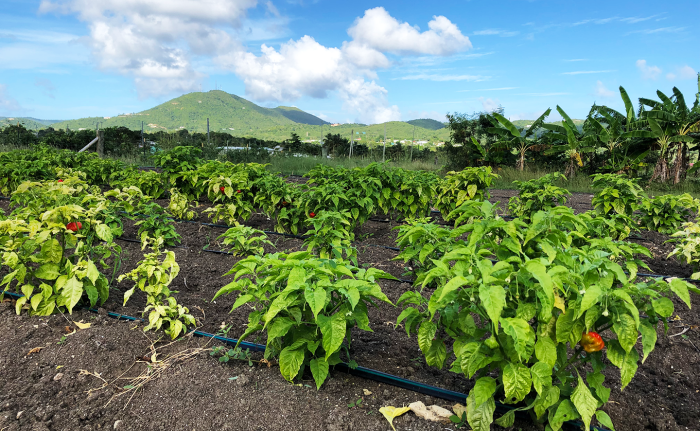
In 2022, NRCS investments in Puerto Rico and the U.S. Virgin Islands yielded:
-
15,962 acres of conservation practices applied.
-
9,514 acres of conservation planning completed.
-
3,084 acres of cropland conservation applied to improve soil health and quality.
-
10,591 acres of conservation applied to improve water quality.
-
876 acres of conservation applied to improve irrigation efficiency.
-
10,455 acres of grazing land conservation applied.
-
17,953 trees delivered to farmers for shade coffee, habitat enhancement and agroforestry.
-
694 acres of conservation applied to improve fish and wildlife habitat.
Check out our USDA Caribbean Update newsletter to find out what we've been up to!
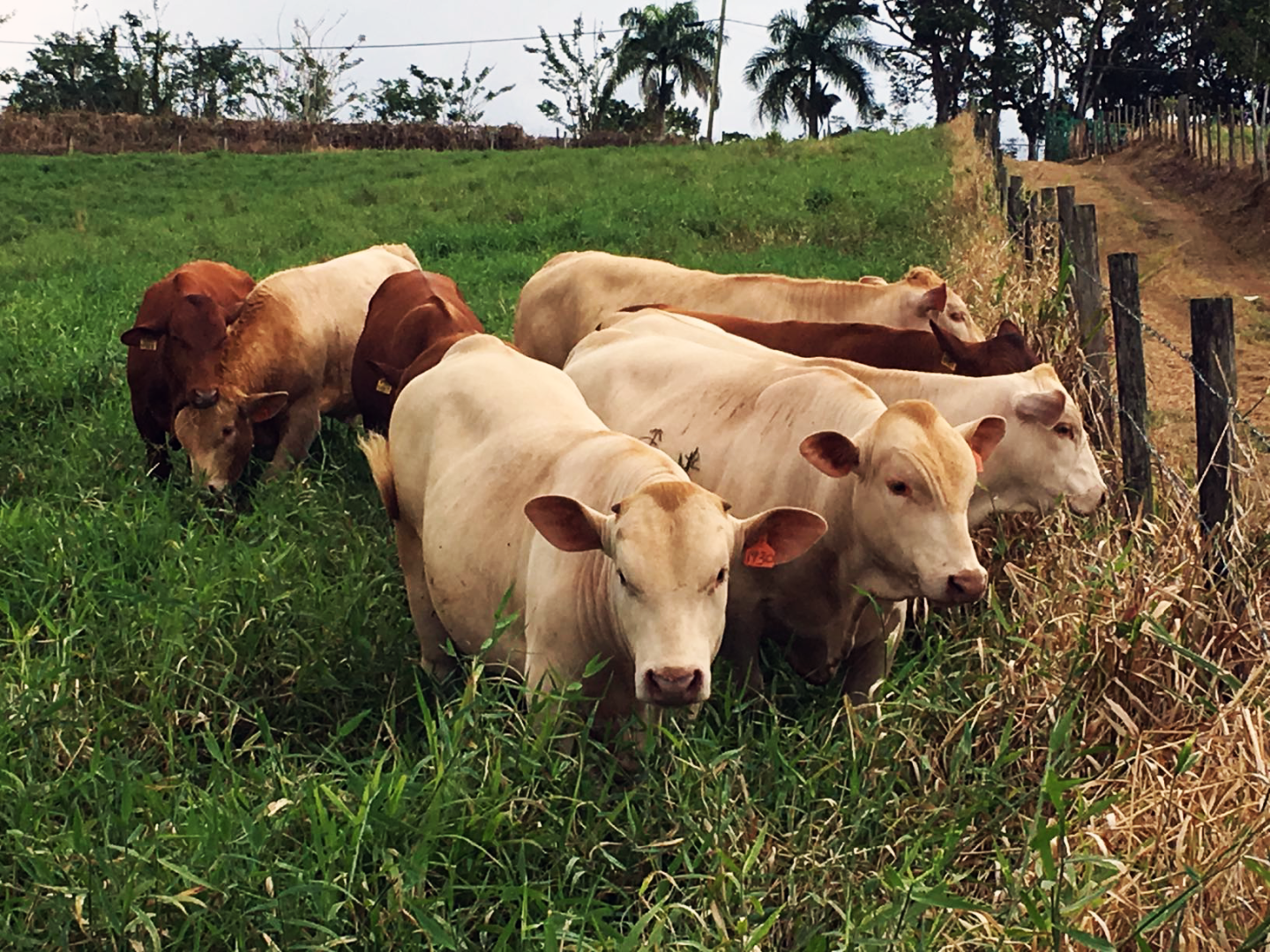
More about NRCS in the Caribbean
Dig deeper into what NRCS can offer farmers, forest land owners & communities in our Caribbean paradise! Learn about local projects & initiatives, read success stories, find publications & resources.
State Programs and Initiatives
NRCS offers voluntary programs to farmers and eligible landowners, providing financial and technical assistance to help manage natural resources in a sustainable manner. Through these programs, NRCS writes contracts with farmers to provide them with funding to help plan and apply conservation practices that address natural resource concerns or opportunities to help save energy, improve soil, water, plant, air, animal and related resources on farm lands and non-industrial private forest land.
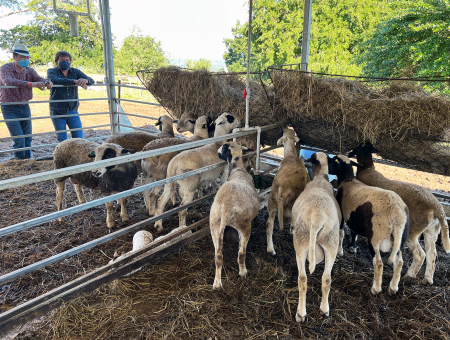
State Payment Schedule
NRCS provides financial assistance for selected conservation practices. The availability and amount of financial assistance can vary between states.

Civil Rights Committee
The National Civil Rights Advisory Committee to the Chief (NCRACC) is designed to provide management officials and employees with counsel and advice to enhance and ensure compliance with their equal employment opportunity and program delivery responsibilities.

State Technical Committee
State Technical Committees serve in an advisory capacity to the Natural Resources Conservation Service (NRCS) and other agencies of the U.S. Department of Agriculture (USDA) on the implementation of the natural resources conservation provisions of Farm Bill legislation.
How to Get Assistance
Do you farm or ranch and want to make improvements to the land that you own or lease?
Natural Resources Conservation Service offers technical and financial assistance to help farmers, ranchers and forest landowners.
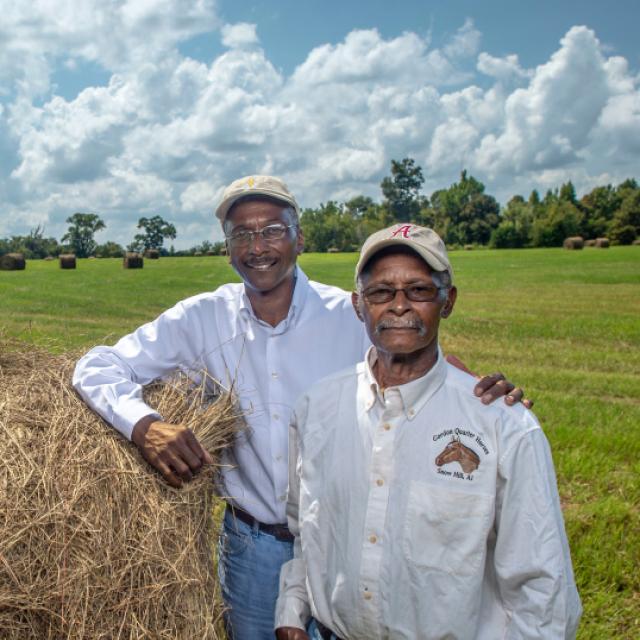
To get started with NRCS, we recommend you stop by your local NRCS field office. We’ll discuss your vision for your land.
NRCS provides landowners with free technical assistance, or advice, for their land. Common technical assistance includes: resource assessment, practice design and resource monitoring. Your conservation planner will help you determine if financial assistance is right for you.
We’ll walk you through the application process. To get started on applying for financial assistance, we’ll work with you:
- To fill out an AD 1026, which ensures a conservation plan is in place before lands with highly erodible soils are farmed. It also ensures that identified wetland areas are protected.
- To meet other eligibility certifications.
Once complete, we’ll work with you on the application, or CPA 1200.
Applications for most programs are accepted on a continuous basis, but they’re considered for funding in different ranking periods. Be sure to ask your local NRCS district conservationist about the deadline for the ranking period to ensure you turn in your application in time.
As part of the application process, we’ll check to see if you are eligible. To do this, you’ll need to bring:
- An official tax ID (Social Security number or an employer ID)
- A property deed or lease agreement to show you have control of the property; and
- A farm number.
If you don’t have a farm number, you can get one from USDA’s Farm Service Agency. Typically, the local FSA office is located in the same building as the local NRCS office. You only need a farm number if you’re interested in financial assistance.
NRCS will take a look at the applications and rank them according to local resource concerns, the amount of conservation benefits the work will provide and the needs of applicants. View Application Ranking Dates by State.
If you’re selected, you can choose whether to sign the contract for the work to be done.
Once you sign the contract, you’ll be provided standards and specifications for completing the practice or practices, and then you will have a specified amount of time to implement. Once the work is implemented and inspected, you’ll be paid the rate of compensation for the work if it meets NRCS standards and specifications.



